Engine Room
-
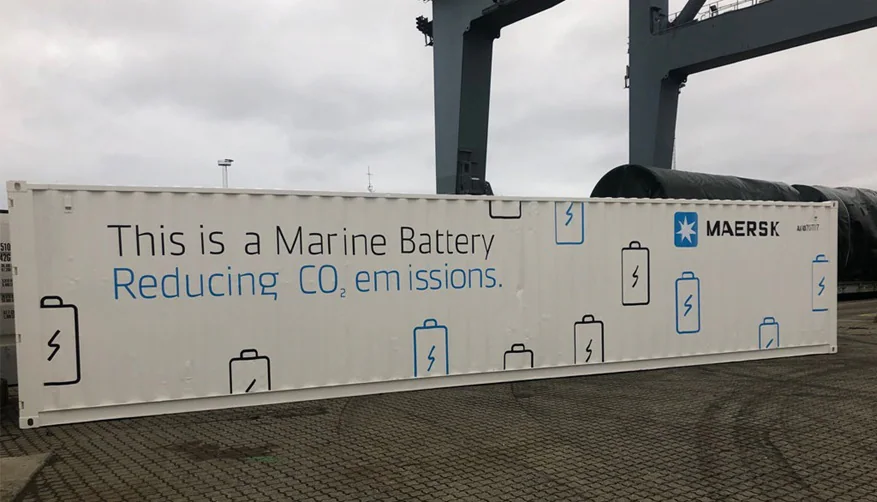
Battery Systems Used Onboard Ships
Battery systems are critical for various applications onboard ships, including emergency power, propulsion, and auxiliary systems. The choice of battery…
Read More » -
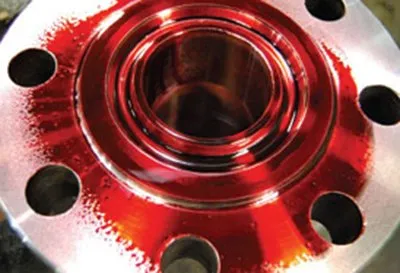
Cost for Dye Penetration Testing
The cost of implementing dye penetration testing (DPT) can vary widely depending on several factors, including the scale of testing,…
Read More » -

Dye Penetration Testing
Contents Introduction Purpose of Dye Penetration Testing Why Dye Penetration Testing is Used Process of Dye Penetration Testing Manufacturers Using…
Read More » -

Enclosed Spaces Onboard
Table of Contents Introduction Definition of Enclosed Spaces Importance of Enclosed Spaces Safety Common Hazards in Enclosed Spaces Statistics of…
Read More » -
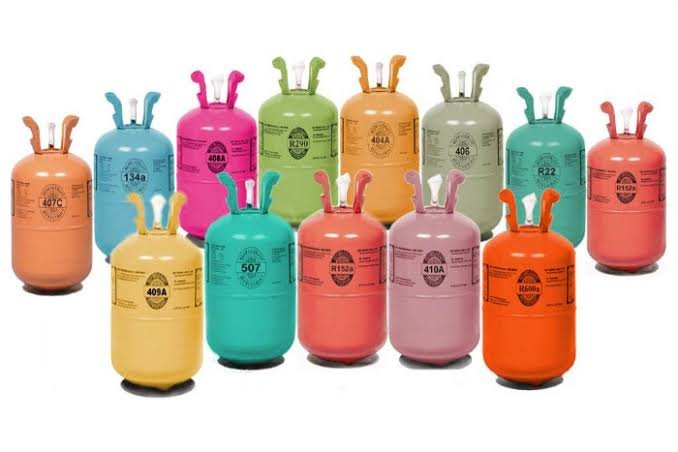
Types of Refrigerants Used in the Maritime Industry
1. R-134a (Tetrafluoroethane) Pros: Non-flammable and non-toxic: Safe for use in various applications. Stable and efficient: Good thermal stability and…
Read More » -

Global Warming Potential (GWP) Explained
Definition: Global Warming Potential (GWP) is a measure that describes the relative ability of a greenhouse gas to trap heat…
Read More » -
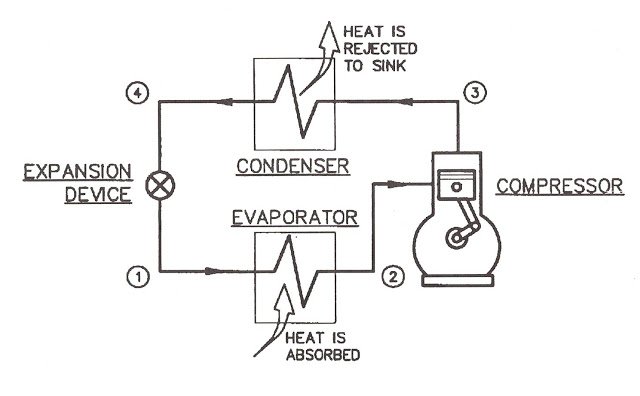
Marine Refrigeration
Introduction Refrigeration is a critical technology used across various industries, including the maritime sector. It plays a crucial role in…
Read More » -
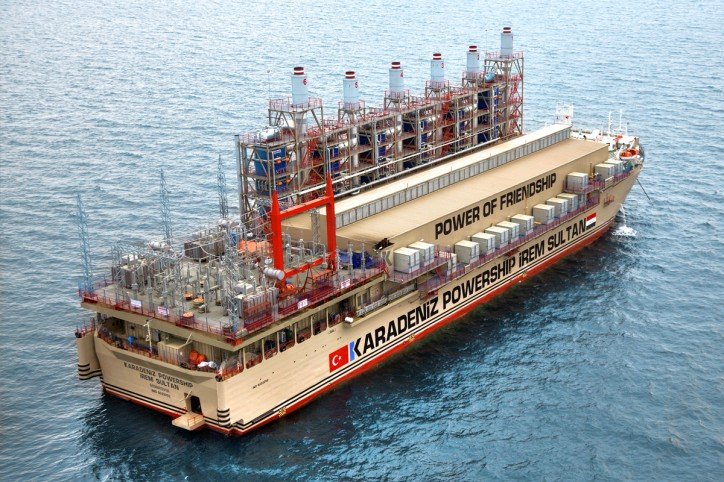
What are PowerShips ?
Contents Introduction to Powerplant Ships Types of Powerplant Ships 2.1 Floating Power Plants 2.2 LNG Power Barges 2.3 Nuclear Power…
Read More » -
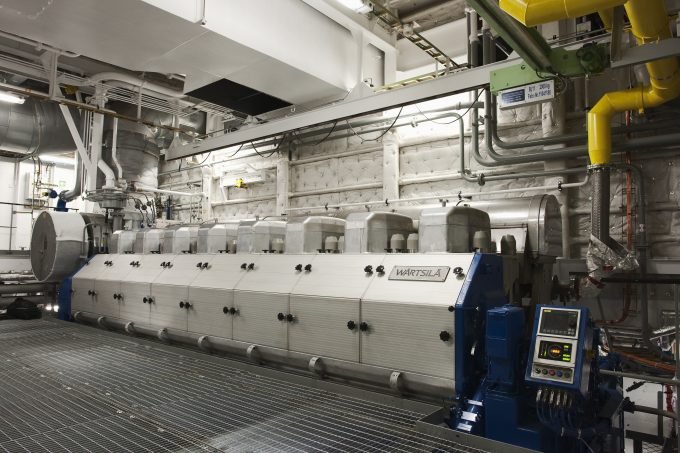
Marine Powerplants
Contents Introduction to Marine Powerplants Types of Marine Powerplants 2.1 Diesel Engines 2.2 Gas Turbines 2.3 Steam Turbines 2.4 Nuclear…
Read More » -
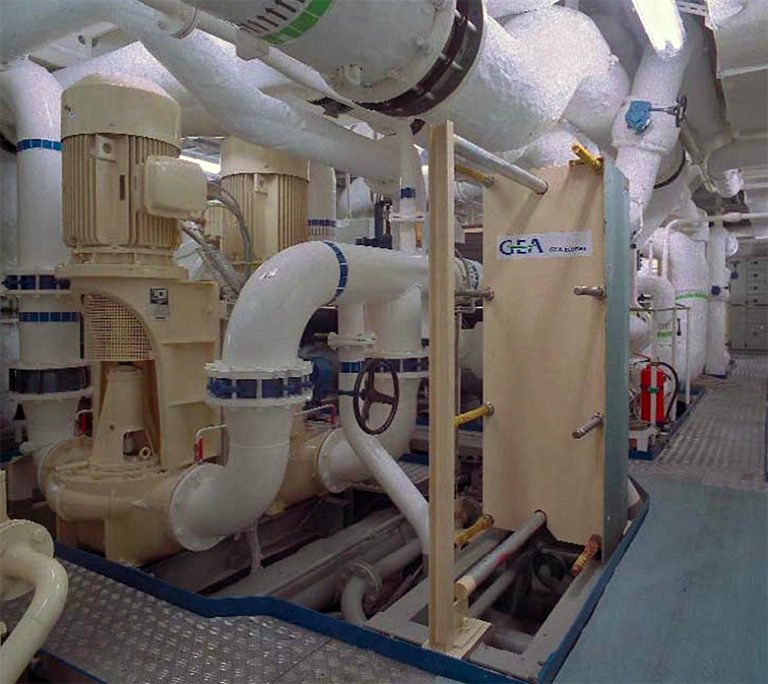
Maritime Heat Exchangers
Contents Introduction to Heat Exchangers Uses of Heat Exchangers on Ships and Oil Rigs Types of Heat Exchangers 3.1 Shell…
Read More »
